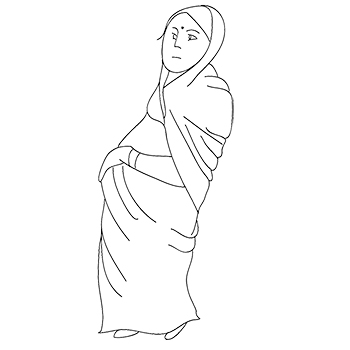Healthcare is one of the most challenging issues the country faces today. Primary, secondary, and tertiary healthcare centres are all buckled under the pressure of too many patients and too little staff. The government allocates, arguably, a poor share of financial resources to the health budget each year. Consequently, the functioning of health centres has always been a source of curiosity for researchers and policymakers as to where precisely it is lagging. It is interesting to understand the functioning of a tertiary health centre, i.e., a hospital, in order to know how such budget allocation actually affects the patients and other stakeholders in the health sector.
Narrowing down to gynaecology, the country has one of the worst maternal mortality rates in the world. It was 174 per every 100,000 live births in 2015. As a result of poor maternal health, the child mortality rate is also one of the lowest in the world and is comparable to those of sub-Saharan countries. As per the 2016 census, it is 40.5 per 1,000 live births.
The major result of such poor statistics is the rampant sexism that is practised across the country. States like Uttar Pradesh and Bihar, which are poor and also house people with retrogressive mindsets, fare especially poorly because they do not feed and take care of the girl child properly. Resultantly, the mothers as well as the infant girls pay the price in health due to poor social setups.







